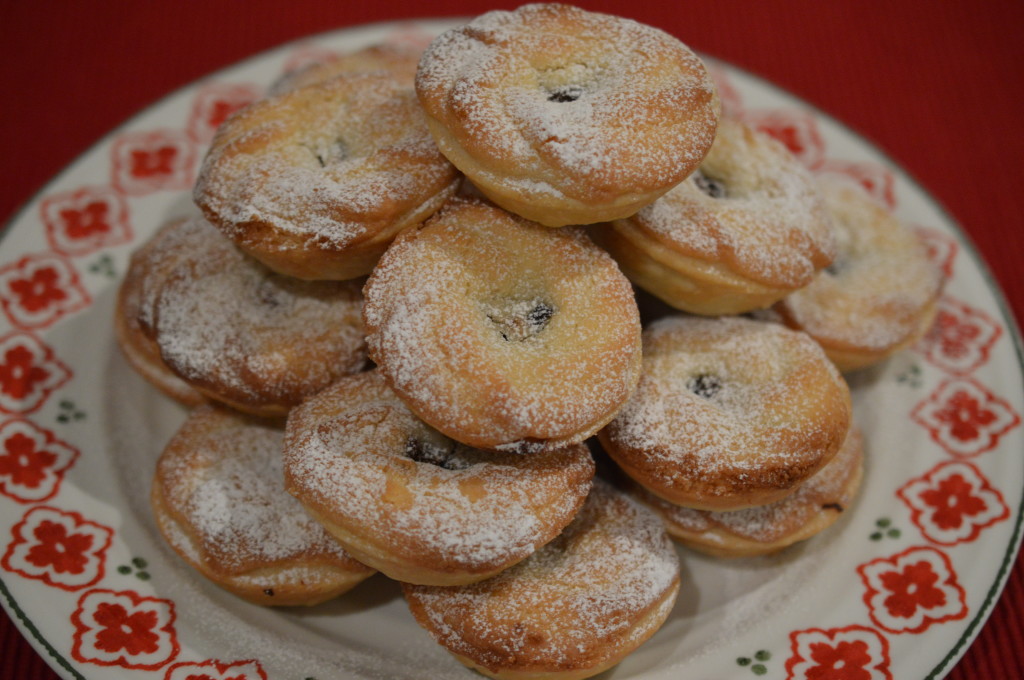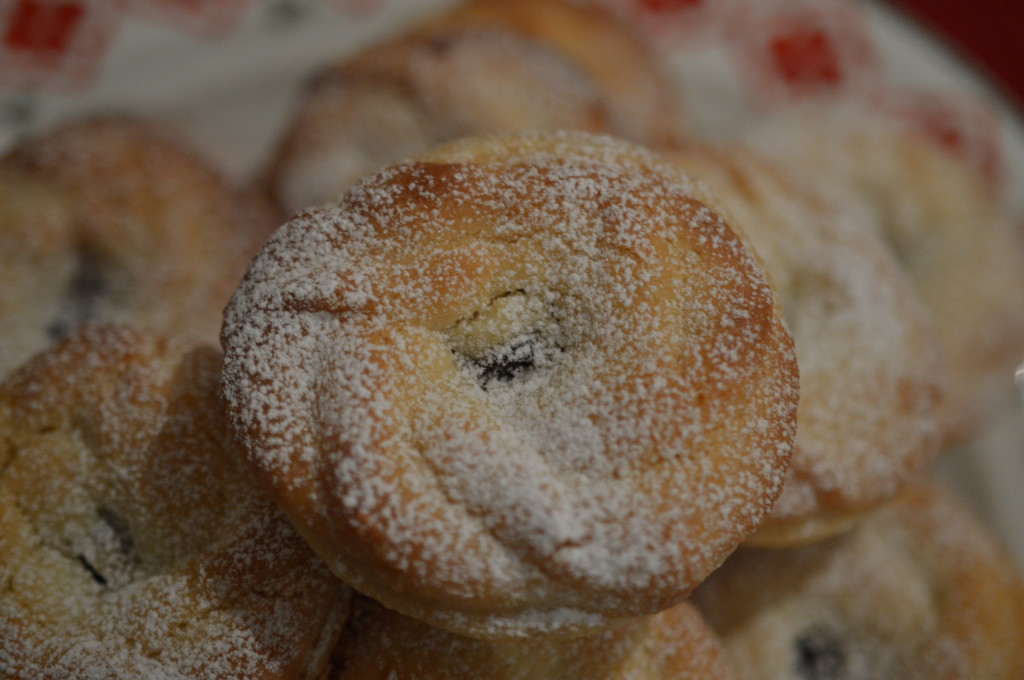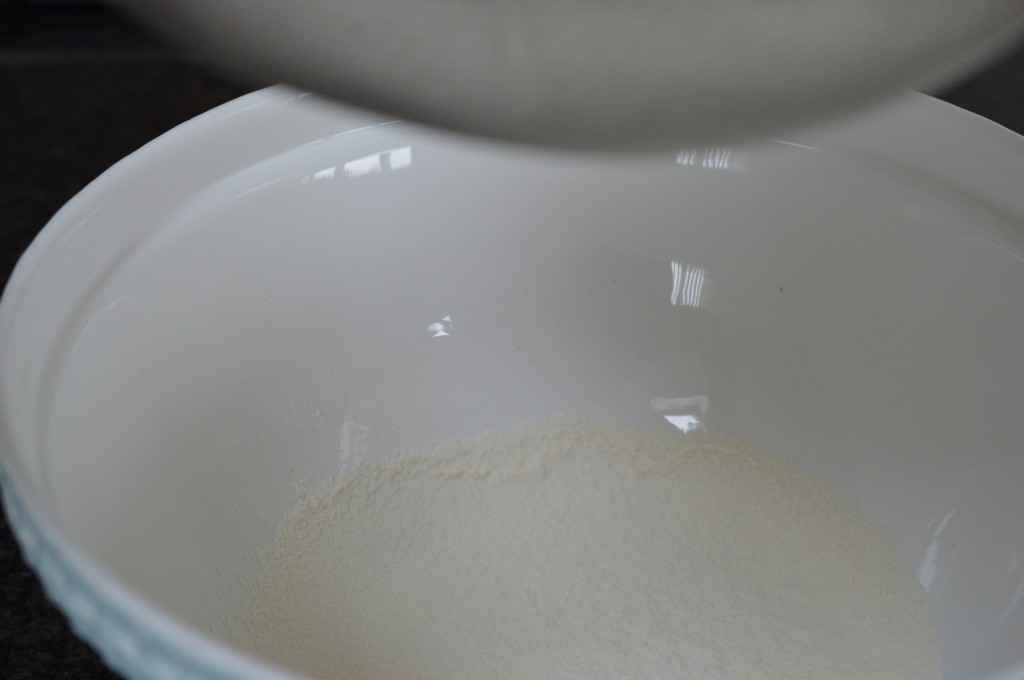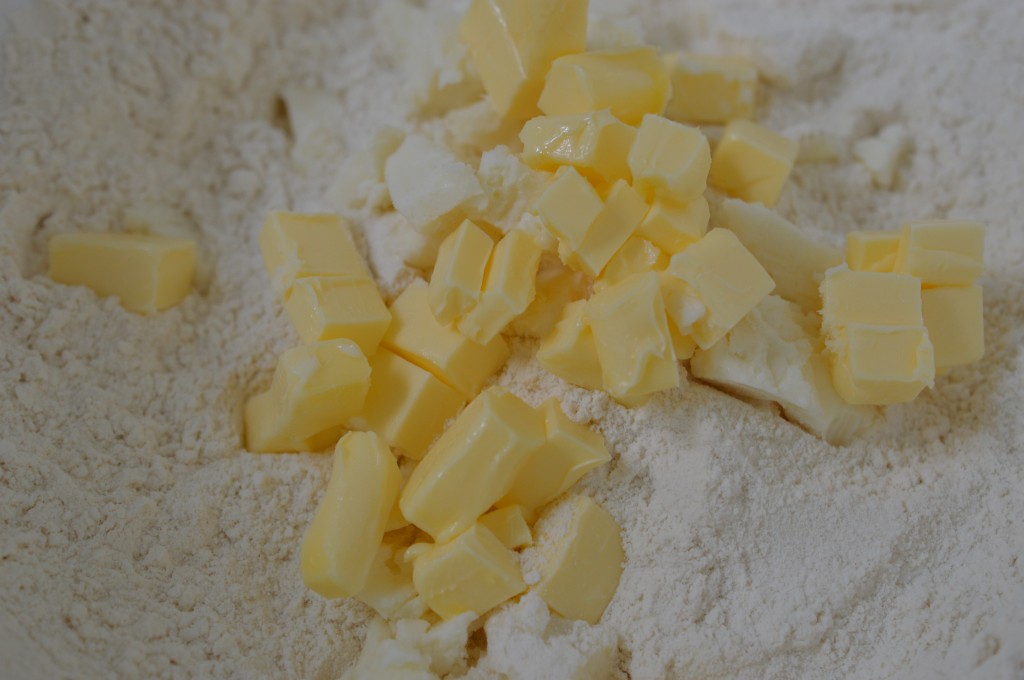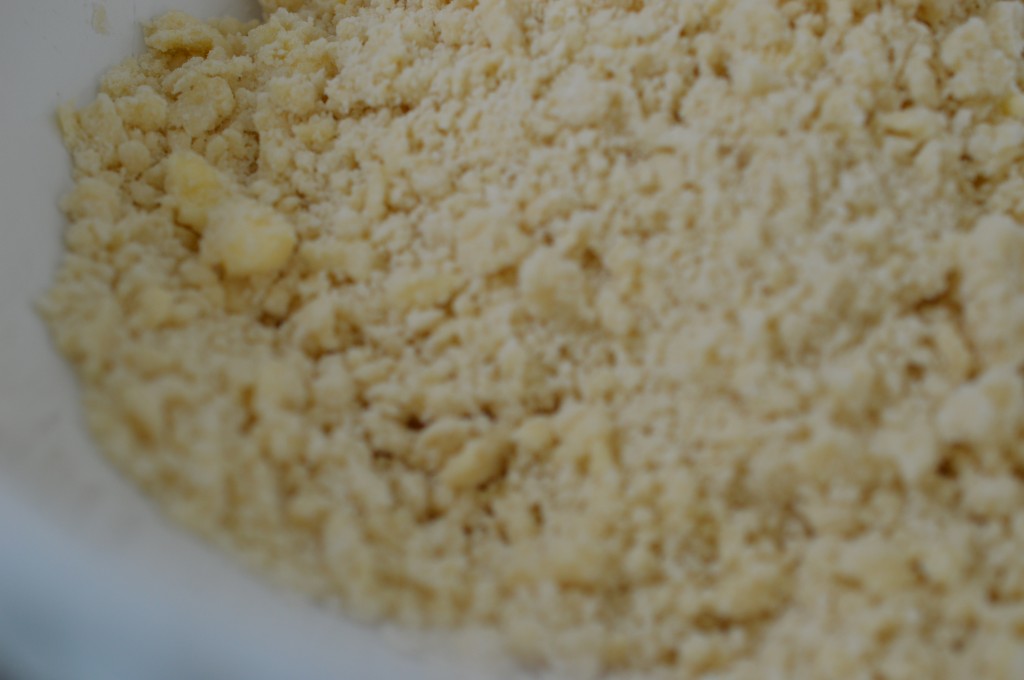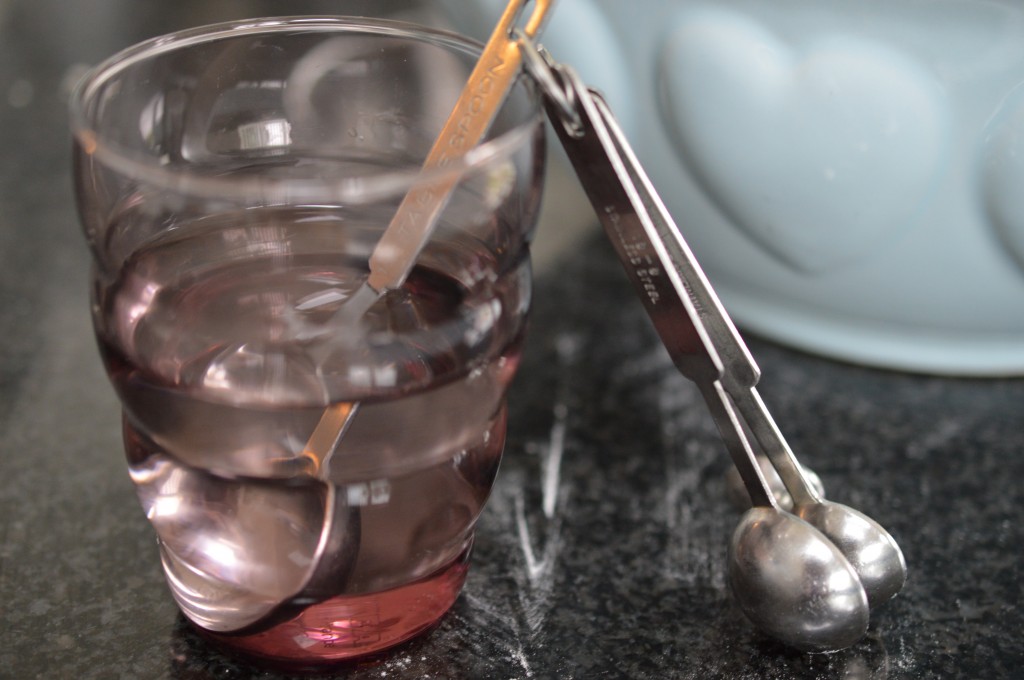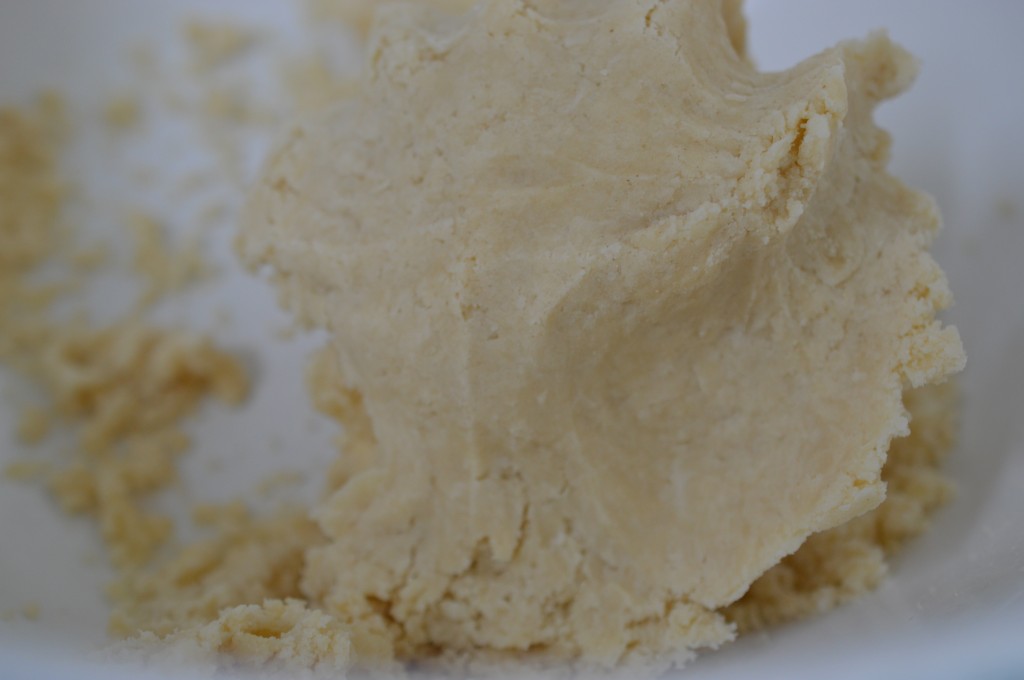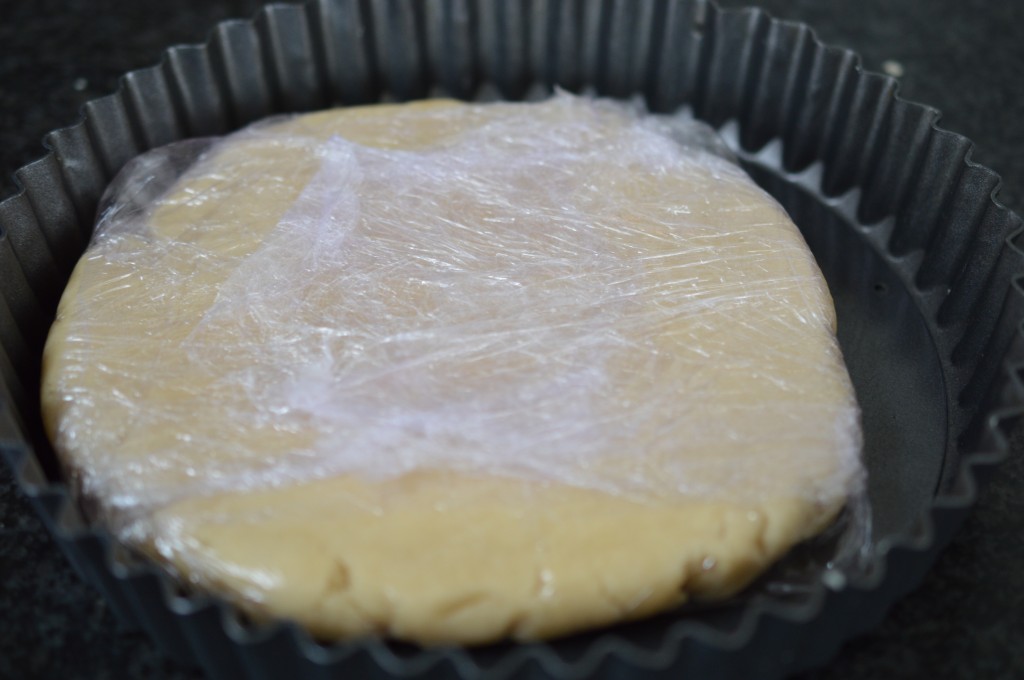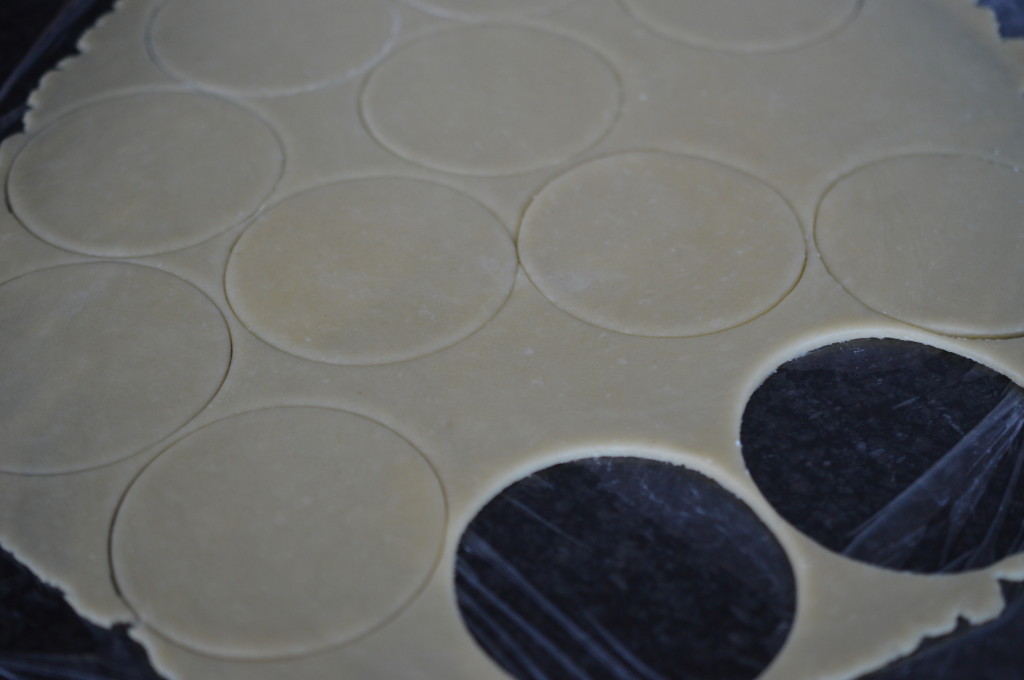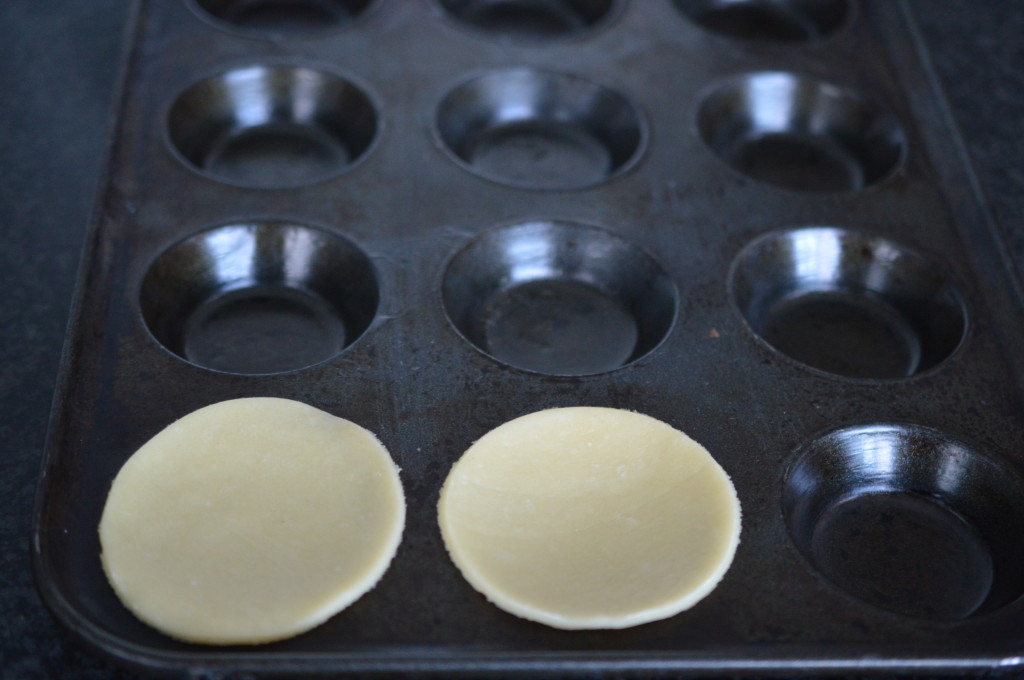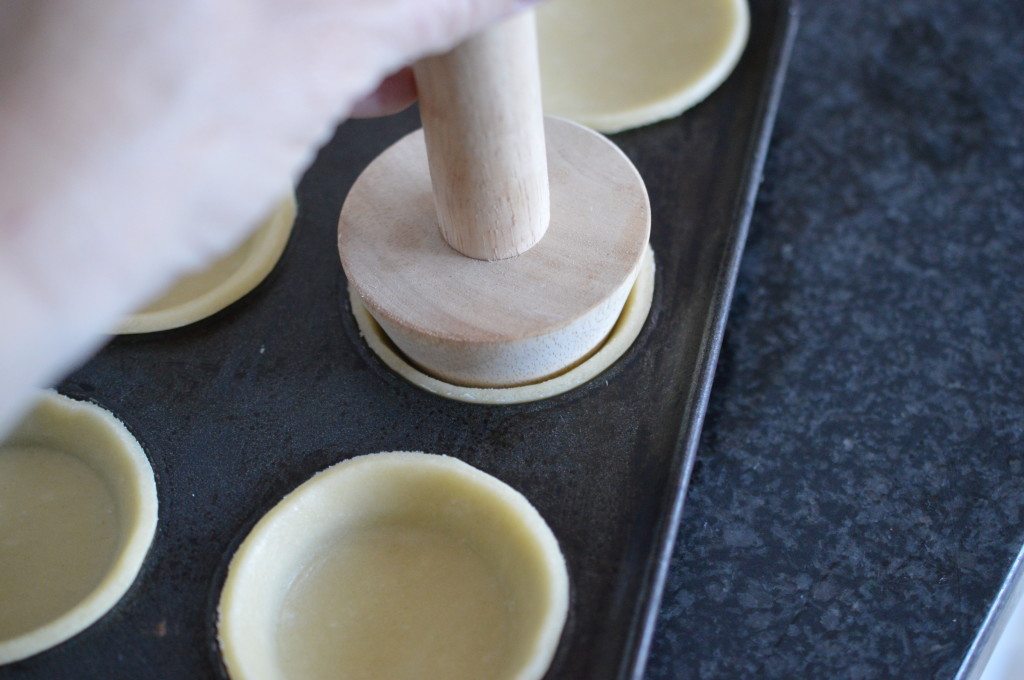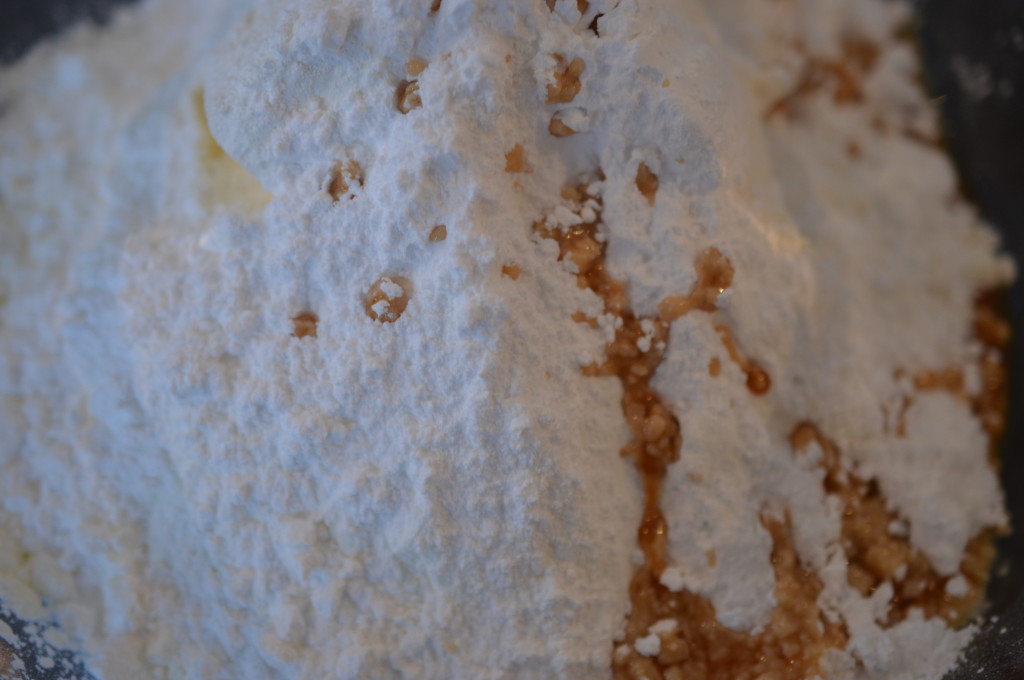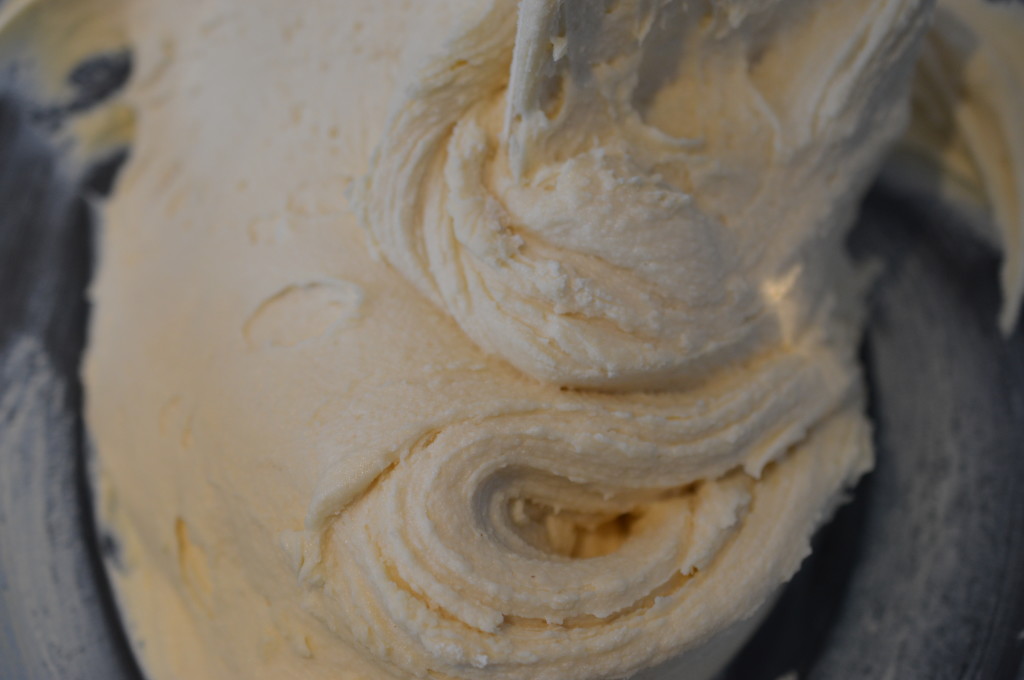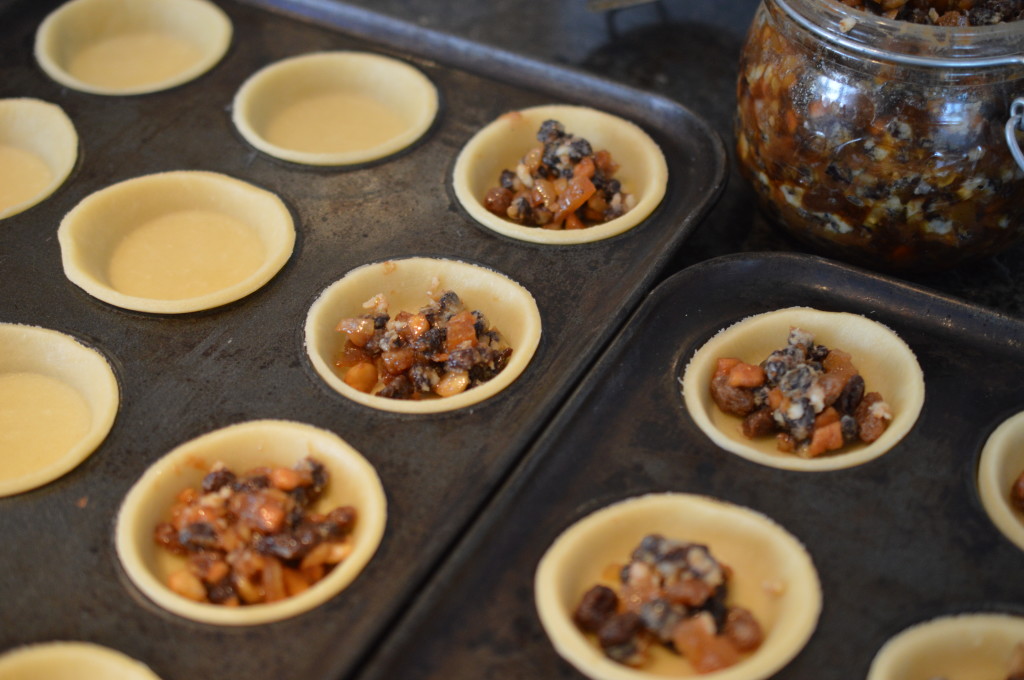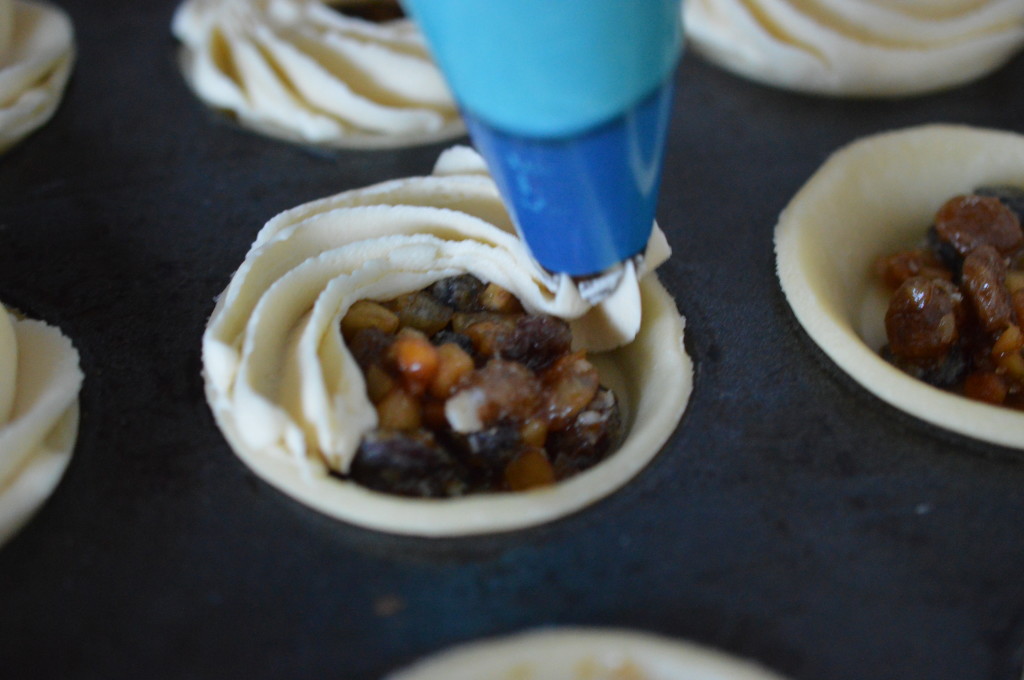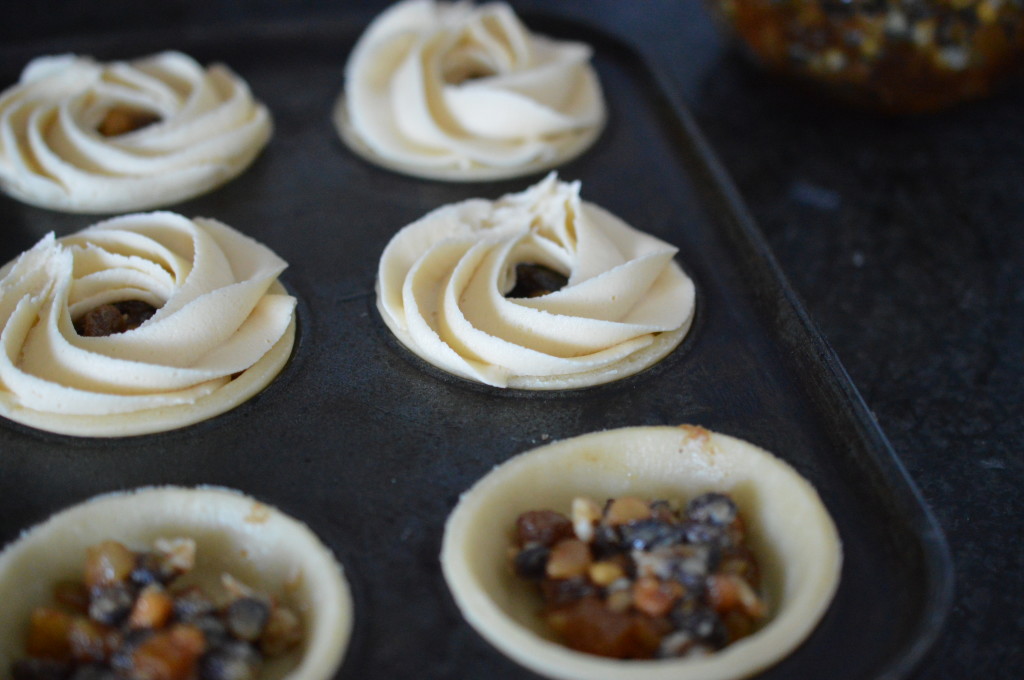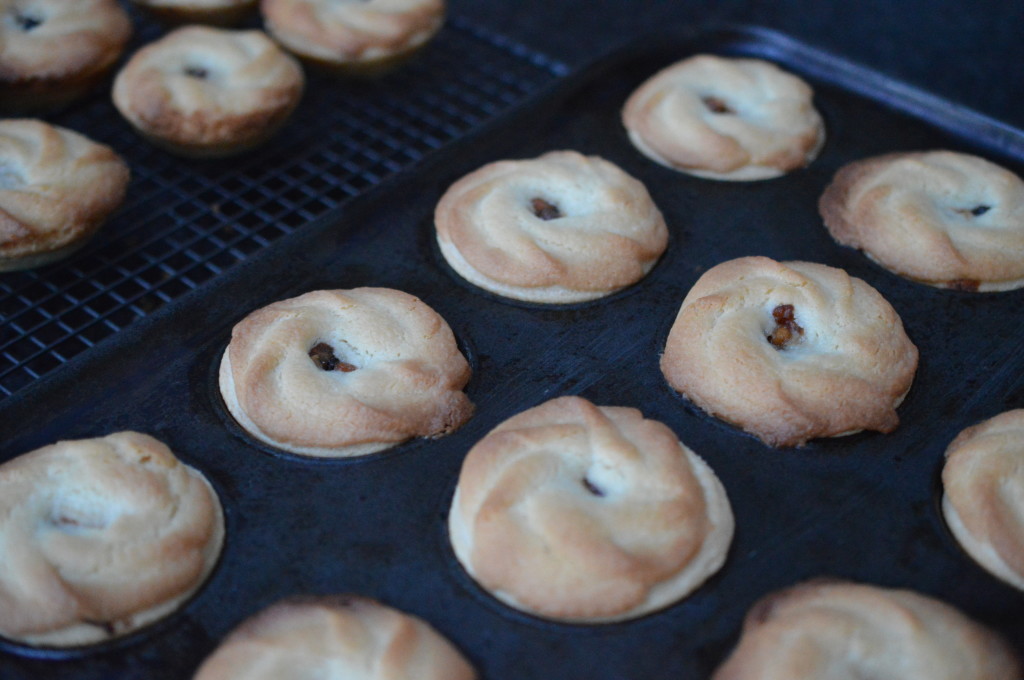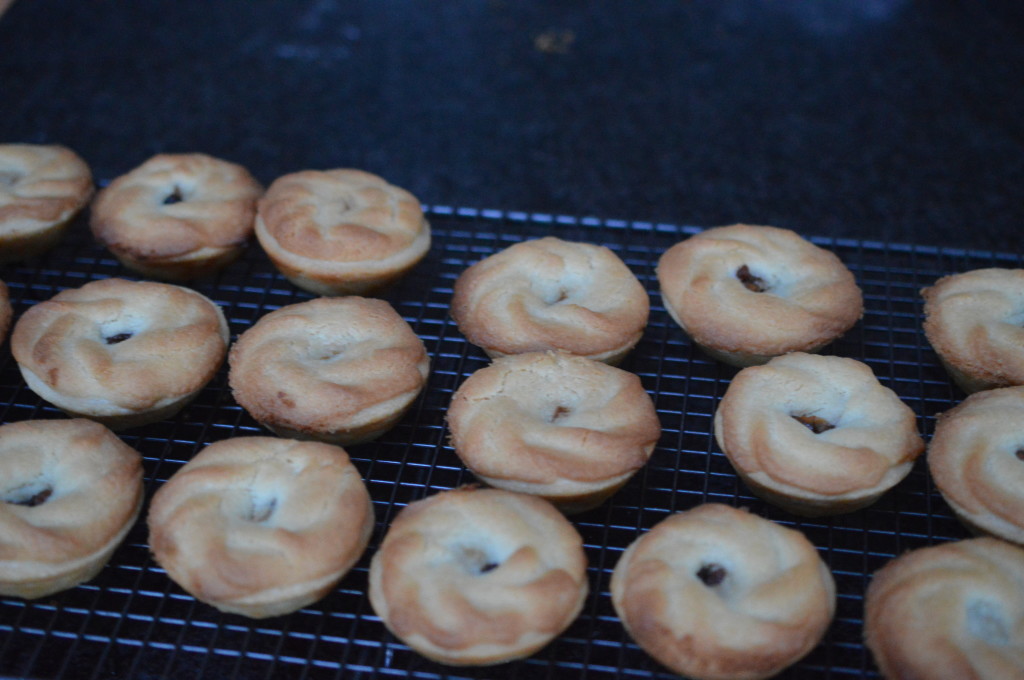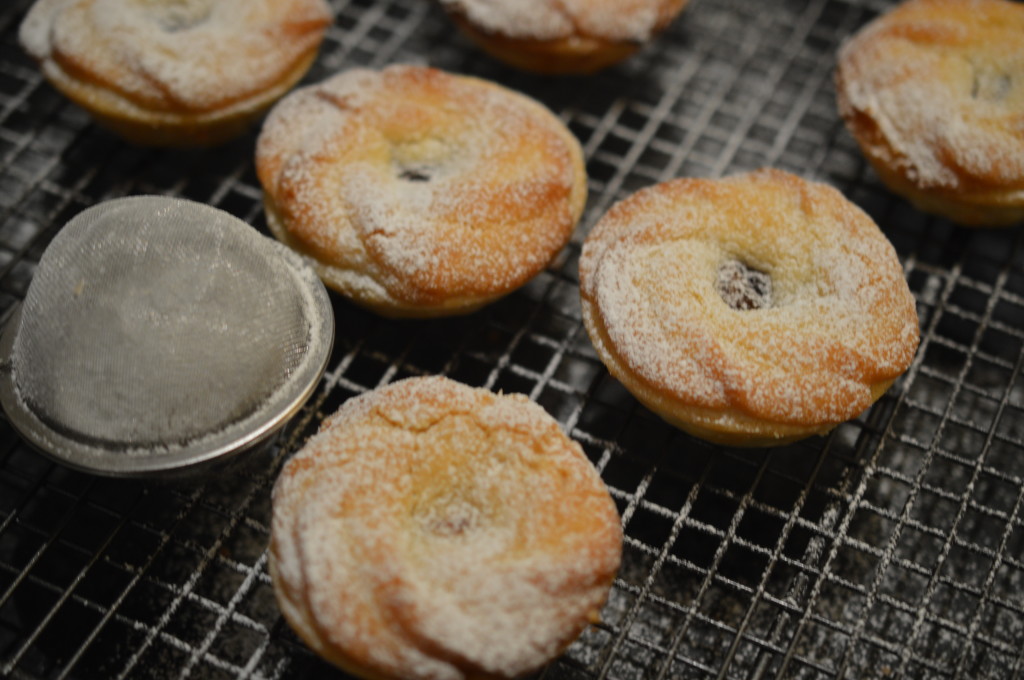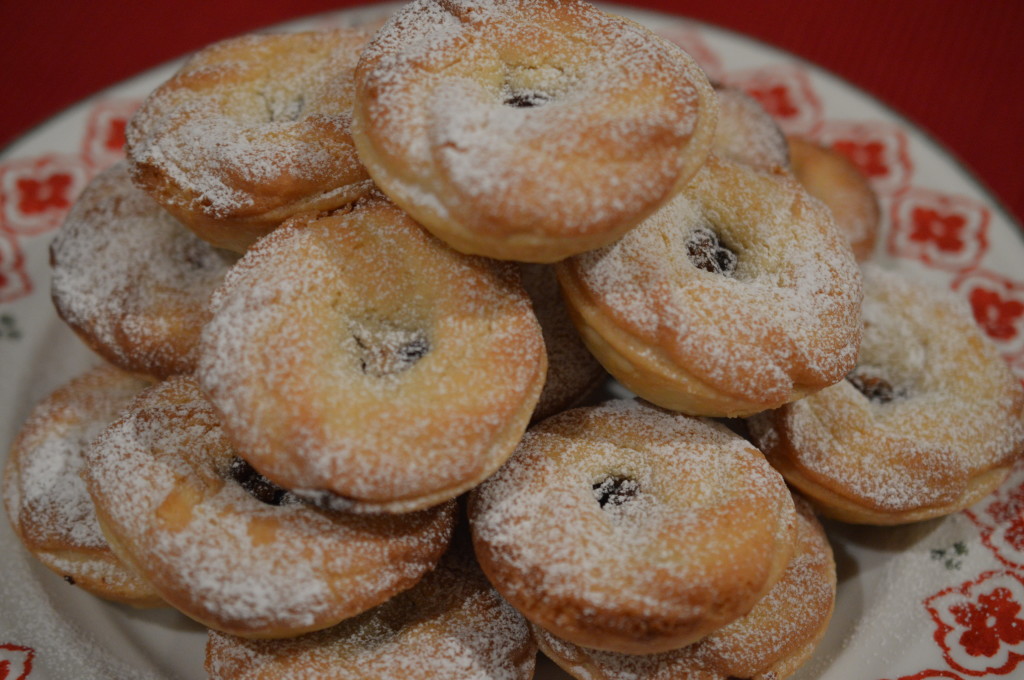Viennese Mince Pies
The best laid plans – I’ve had acute bronchitis and then had to play catch-up throughout Christmas, but through it all I’ve learnt several things: food bloggers should not ‘cook’ in real time or there is nothing to post when life is troublesome: this blog is necessary for my future well-being, as all my family felt able to provide me with while I was ill was toast; toast isn’t a great thing to be eating in bed.
Tradition has it you should eat a mince pie on all twelve days of Christmas to ensure good fortune for the year ahead. Currently we are on day 12 – when my true love should be giving me twelve drummers drumming (and if that means nothing to you – it’s a traditional Christmas song) and it’s the last day of calorie-free mince pies. That is right, isn’t it?? It’s also the night I have to take all my Christmas decorations down …
Viennese Mince Pies are my ‘starter’ mince pies. They’re how I introduced my children to mincemeat and it’s what I bake for people who say they loathe dried fruit but are prepared to give mince pies a go.
You begin with the pastry and, for these, I use the pastry I recognise from my childhood. Half fat to flour, and the fat a 50/50 split between butter for flavour and lard for flakiness. It’s the same pastry I used in Lemon Meringue Pie, but since I hate flicking between pages I’ll post it again here.
There’s a whole heap of nonsense talked about making pastry, but there are really only two secrets to the business. The first, don’t over-handle it. The second, don’t skip the chilling. That said, put a glass of tap water in the fridge. Minimal effort, I feel.
Sift your flour and salt into a large bowl. (It always confused me when recipes said that because the salt never does entirely go through the holes, does it? What you’re doing is adding air if your flour has compacted in the bag and getting the salt dispersed evenly through it. What’s left in the sieve, you can just add!)
Then add the fat, cut into smallish cubes. You don’t want soft fats (that makes pastry difficult to work with), but you don’t want fridge hard either. Trying to ‘rub in’ icy little cubes isn’t much fun.
What you’re actually doing by ‘rubbing in’ is coating tiny bits of flour with fat – before you add any liquid. Think of it like a raincoat! It’s to stop liquid penetrating the flour. Liquid + flour = gluten proteins. And gluten proteins give you tough pastry. Roughly!! You can do the whole thing in a food processor, but it’s so easy to do it by hand and who likes washing up???
So clean hands, not cold. Butter and vegetable shortening cut into smallish cubes, at squeezable temperature.
Stop when it looks like this:
Breadcrumbs – ish. There are still little lumps of fat, but that doesn’t matter. This is the bit where you get better results if you don’t ‘over-work’ it. Light and cool is the mantra!
Retrieve the water from the fridge. How much you’ll need will depend on the absorbency of your flour and the weather. Annoying, I know. But – you can always add more … so start with a couple of tablespoons and try and sprinkle it over the entire surface. Then take a blunt knife and mix. Light touch rather than bingo wing work-out. Stop when it starts to form clumps.
Bring it together into a ball with your hand until it leaves the sides of the bowl clean. You are now done with the bowl.
On your worktop give the pastry a little knead. (Yes, really.) You want it free of cracks and smooth.
-If you’ve made a mistake with the water and the pastry is crumbling beneath your fingers – run your hands under the cold tap and lightly knead in the water on your hands.
-If it’s too wet you’ll have to sprinkle flour on your worktop. Go careful because you are altering the fat/flour ratio.
Form it into a flat disc and wrap in plastic cling. The flat is important. If you chill it as a ball the outside will come back to room temperature much quicker than the centre and you’ll struggle to roll it later. Put it – and this time you don’t have a flan tin to chill but I haven’t got another picture – in the fridge. Chill for a minimum of 30 minutes. Longer is absolutely fine …
After it’s had its resting time, roll out thinly and cut out twelve rounds with a 8cm pastry cutter.
Brush a 12-hole pie tin (my mum always called it a patty tin and everyone looks blank when I do …) with melted butter, then lay the pastry circles on top of each hole.
Being a woman of limited interests I have a natty gadget which appeared in my Christmas stocking one year. You can get one here. Push the pastry into the holes and pop back into the fridge to chill while you make the viennese topping.
The viennese topping is made up of soft butter, plain flour, cornflour, icing sugar and vanilla extract. Put all the ingredients in the bowl of your food processor and give it a whizz.
Once it is smooth, transfer the mixture to a piping bag fitted with a large star nozzle.
Take the pastry cases from the fridge and place a heaped teaspoon of mincemeat into the centre of each. If you’re using a shop bought jar you might like to jazz it up with extra fruit and nuts. Half a teaspoon of the hard stuff per pie is nice for adults and orange juice for the children.
Then you pipe the viennese topping around the edges of each pie. Don’t be too generous. Too much topping spoils the balance of the end result.
Keep going. At this point return to the fridge, if they’re going to be out of the oven for any amount of time.
I cook mine on the floor of the Aga Roasting Oven for 20 minutes. In a conventional oven it’s 190C/375F/Gas Mark 5 for 20-25 minutes.
As soon as you are able, remove to a cooling rack.
Warm or cool, these are delicious. Dust with icing sugar.
Pile onto a plate – and stand back and watch them disappear.
Viennese Mince Pies – Makes 12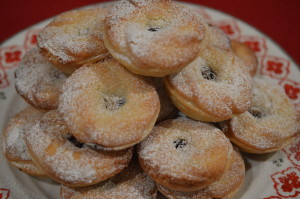
Traditional Shortcrust Pastry as my mother made it:
- 4 oz/100g plain flour
- ¼ level teaspoon fine sea-salt
- 1 oz/25g lard
- 1 oz/25g unsalted butter
- 1 tablespoon of cold water
Sift the flour and salt into a large bowl. Add the butter and lard and ‘rub in’ until you have something approaching fine breadcrumbs. Keep it all light.
Sprinkle the water over and mix the dough with a round bladed knife until it starts to form lumps. Bring together to form a ball. Lightly knead until it is smooth and flatten into a disc. Chill for a minimum of 30 minutes.
Roll out thinly and cut out twelve 8cm circles and press into a greased 12-hole pie tin. Into the centre of each hole, place 1 heaped teaspoon of mincemeat.
Viennese Topping:
- 100g/4oz soft butter
- 75g/3oz plain flour
- 25g/1oz cornflour
- 25g/1oz icing sugar
- half a teaspoon of vanilla extract
Place all the ingredients for the topping in the bowl of a food processor and whiz together until you have a smooth mixture. Transfer to a piping bag fitted with a large star nozzle. Pipe around the edges.
Bake at 190C/375F/Gas Mark 5 for 20-25 minutes. In an Aga, cook on the floor of the Roasting Oven for 20 minutes.
Once golden, transfer to a cooling rack. Dust with icing sugar.
Eat.
